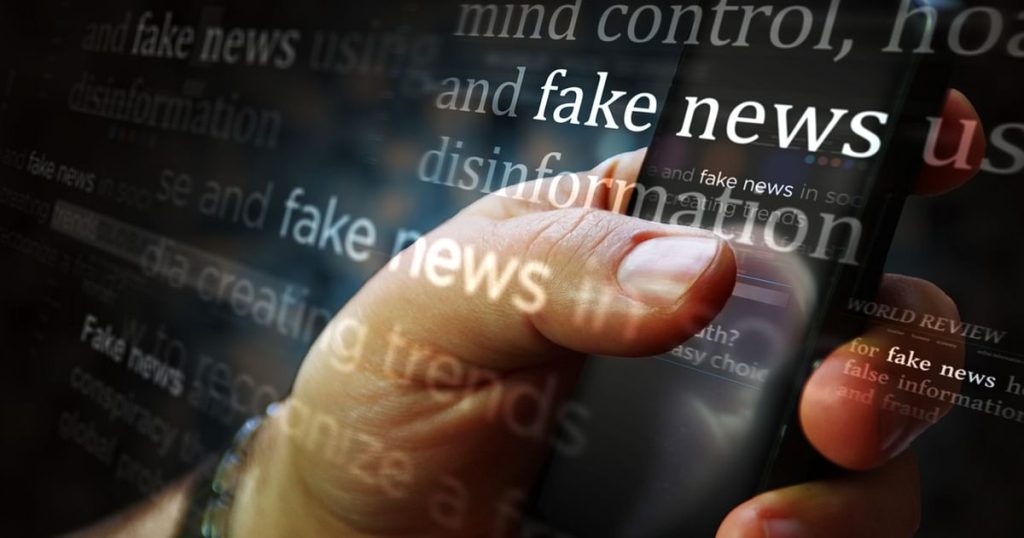International Fact-Checking Day: Navigating the Labyrinth of Misinformation
In today’s digitally interconnected world, access to information has exploded, transforming the way we consume news and shaping our understanding of global events. However, this unprecedented access has also opened the floodgates to a torrent of misinformation, often disguised as authentic news, making it increasingly difficult to discern fact from fiction. International Fact-Checking Day, observed annually on April 2nd, serves as a crucial reminder of the importance of media literacy and critical thinking in navigating the complex landscape of online information. This day underscores the vital role fact-checkers play in debunking false narratives, holding powerful entities accountable, and empowering citizens to make informed decisions based on verifiable evidence. As we grapple with the pervasive nature of "fake news," understanding the tools and techniques for identifying misinformation is more critical than ever.
The proliferation of fake news is driven by a confluence of factors, from the ease of creating and sharing content online to the deliberate manipulation of information for political or economic gain. The 24/7 news cycle, coupled with the viral nature of social media, creates a fertile ground for the rapid spread of misinformation. Clickbait headlines, emotionally charged language, and the use of fabricated images and videos further contribute to the problem. Furthermore, the existence of echo chambers, where individuals primarily interact with like-minded people and information that reinforces their existing biases, exacerbates the issue by limiting exposure to diverse perspectives and reinforcing false beliefs. This environment makes it challenging for individuals to identify reliable sources and differentiate credible information from fabricated narratives.
Recognizing the hallmarks of fake news is the first step towards combating its insidious influence. One key indicator is the lack of credible sourcing. Fake news often lacks attribution or cites dubious sources that cannot be verified. Reputable news organizations prioritize transparency and clearly identify their sources, allowing readers to assess the credibility of the information presented. Another red flag is the presence of sensationalized headlines and emotionally charged language designed to evoke strong reactions rather than inform. Misinformation often plays on fear, anger, and other emotions to capture attention and encourage sharing, bypassing critical thinking. Furthermore, inconsistencies in the narrative, such as conflicting dates, locations, or details, should raise suspicion. Fact-checkers meticulously examine these inconsistencies to expose fabricated stories. Finally, the visual elements of a news story can also be manipulated. Altered images, doctored videos, and misleading captions are commonly employed in fake news to deceive viewers. Developing a critical eye for visual manipulation is crucial in the age of digitally altered media.
Beyond recognizing the characteristics of fake news, several practical strategies can empower individuals to become more discerning consumers of information. Lateral reading, the practice of verifying information by opening multiple tabs and researching the source and context of a claim, is a powerful tool for debunking misinformation. This technique allows individuals to quickly cross-reference information and identify potential biases or inconsistencies. Checking the URL of a website is another essential step. Fake news websites often mimic legitimate news outlets with slight variations in their web addresses. Paying close attention to the URL can help identify fraudulent sites. Furthermore, verifying information with reputable fact-checking organizations is a valuable resource. Organizations like Snopes, PolitiFact, and FactCheck.org dedicate themselves to investigating claims and providing evidence-based analysis. Consulting these sources can help individuals confirm the veracity of information before sharing it further.
The impact of fake news extends far beyond individual misinformation. It can erode trust in institutions, fuel social divisions, and even incite violence. The spread of false narratives during elections can undermine democratic processes and manipulate public opinion. In the health domain, misinformation about vaccines and other medical treatments can have serious consequences for public health. Moreover, fake news can exacerbate existing inequalities and prejudices by targeting vulnerable groups with fabricated stories that reinforce harmful stereotypes. Therefore, combating fake news is not merely about protecting individuals from misinformation but also about safeguarding the integrity of our democratic institutions and promoting a more informed and equitable society.
International Fact-Checking Day serves as a rallying call for increased media literacy and critical thinking in the digital age. It highlights the crucial role of fact-checkers in exposing false narratives and providing evidence-based analysis. Empowering individuals with the tools and techniques to identify and debunk fake news is essential for navigating the complex information landscape and fostering a more informed and resilient society. By promoting media literacy, critical thinking, and a commitment to truth, we can collectively combat the insidious effects of misinformation and strengthen the foundations of our democracies. Continuous vigilance, critical engagement, and support for fact-checking initiatives are vital in the ongoing battle against the proliferation of fake news and the preservation of a well-informed public discourse.


